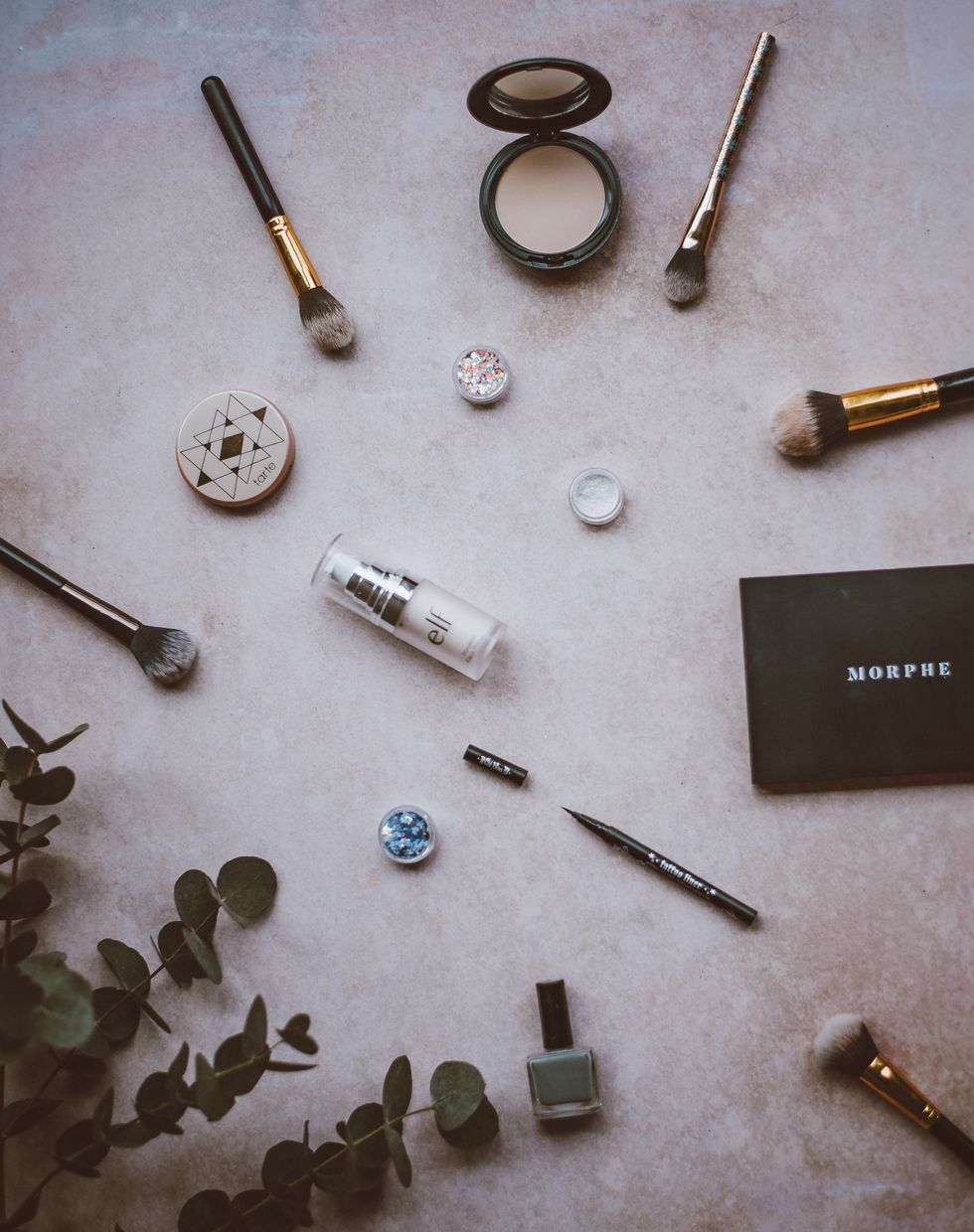For most girls, becoming a teenager also means the start of experimenting with makeup. Now whether this experimentation happens with your mom, sister, or just some friends, the process of buying and learning how to apply makeup can be very exciting.
At what point though, do we cast aside childish things and upgrade from Target to Sephora, and do we as makeup wearers actually need to? If you're anything like me understanding the difference between drugstore makeup and high-end makeup is confusing, luckily, I have your Transitioners Guide to All Things Makeup.
INGREDIENTS
When it comes to making makeup, a key difference between high end and lower end products can be found in the ingredients lists. Just because two products claim to have the same active ingredients doesn’t mean the products will perform the same. More often than not more expensive products are made with more expensive ingredients, meaning cleaner ingredients, and fewer fillers. While some lower end products don’t have as many expensive products, use more fillers, and use cheaper ingredients, and more accessible ingredients in order to keep the product cost and cost or production low.
ACCESSIBILITY
While high end products tend to have more expensive, safer, and more sensitive ingredients not everyone has access to those products. What if money is a little tight? And not everybody lives next to a Nordstrom or has access to a Sephora in their time of need. Drugstore makeup brands are more accessible than high end brands because they can be found in franchise stores that have more locations across the country. Stores like Walgreens, Target, and CVS Pharmacy contain a variety of less expensive makeup brands, and chances are it's you live closer to a Walgreens than a Macy’s, right?
SHADE RANGE
When it comes to shade range, low end and high-end makeup brands are typically incomparable. For women of color especially, shopping in a drugstore for face makeup (such as foundation) can be a lot more difficult for you than your fairer skinned friends. This is because pigments are expensive, department store brands fill their foundations and concealers with more fillers than pigments, meaning that even if you do find a department store shade that seems to match your skin tone, there's still a possibility that the makeup will oxidize. Oxidation is a chemical reaction that happens with certain products when they hit air, oxidation can cause your makeup to become appear darker than it was when you first put it on, the oxidation process can also change or make the makeups undertones more prominent, so instead of your foundation looking brown it could end up looking redder or pink. And for my sisters who can’t find their shades in drugstores at all, like I said earlier PIGMENTS ARE EXPENSIVE, and that doesn’t only relate to the portion size of the pigments. The darker the pigments going into the foundation are the more expensive they are, that coupled with the fact that it's harder to mix the pigments for darker skin tones and have them come out accurate is one of the main reasons a lot of low end brands don't carry darker tones, and although some higher end products and brands could still work on expanding their shade ranges, darker skinned women or color (or all women of color) still have better chances of finding their shade amongst those brands in a department store.
INTERCHANGEABILITY?
Although there can be (as I have mentioned) a lot of differences between high end makeup brands and lower end makeup brands there are some products that can be interchangeable between drugstores and department stores. The first one of these “saveable” products is mascara. A Lot of makeup artists and celebrities attest to using drugstore mascara instead of high end mascara, with the wide range of drugstore mascaras available there's a drugstore option for any eyelash look that you are going for, plus with a shelf life of only 3 months, why spend so much money on a tube you most likely won't even get the chance to finish. Another common “savable” expense are lip products. From balms, to glosses, to lipsticks drugstores provide a multitude of brands, colors, formulas, and finishes that could easily act as dupes (duplicates) for some of the higher end stuff, especially if you're looking to experiment with colors drugstore lip products are the way to go, they're affordable enough to try all the colors in the rainbow without breaking the bank. Lastly if you're looking for some fun with colors but dont have the wiggle room for department store prices, drugstore eyeshadow palettes act as great supplements of color, with shades very similar to ones that can be found in Sephora exclusive palettes for half the price. These drugstore shadows can get you the look or department store finishes and are available at more accessible locations and prices.
Now that you’ve got the drugstore vs. department store basics down, you can go out more into the makeup world more confidently, and decide for yourself on what products you want to splurge or save.

















